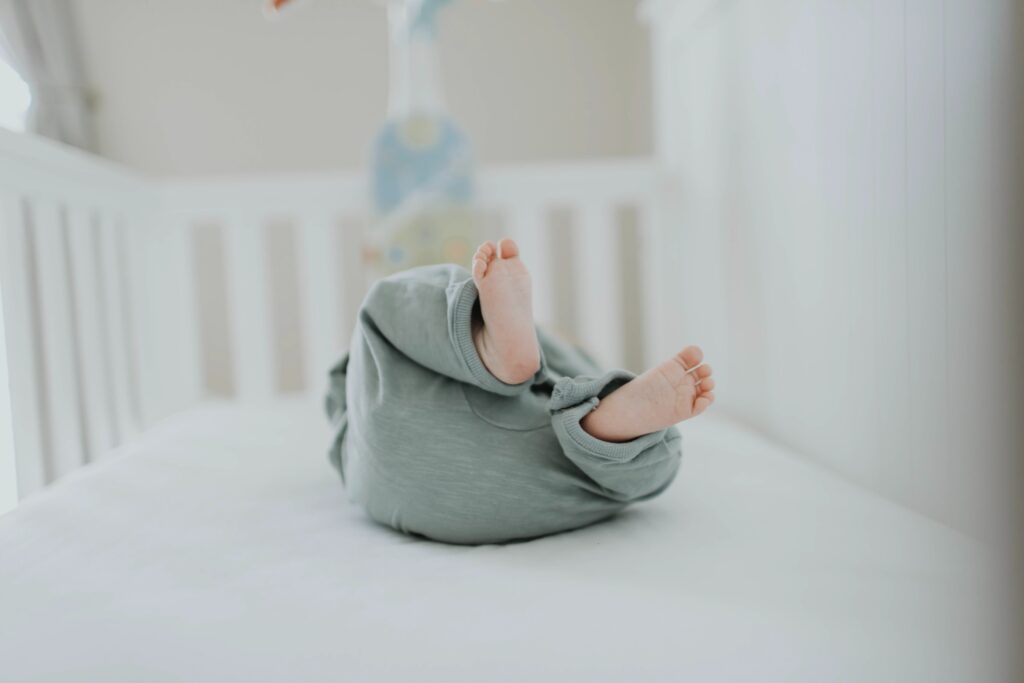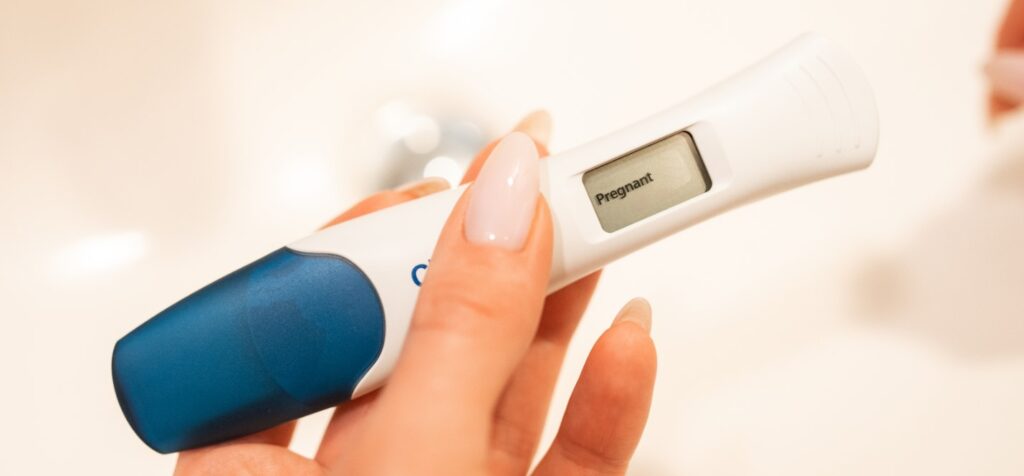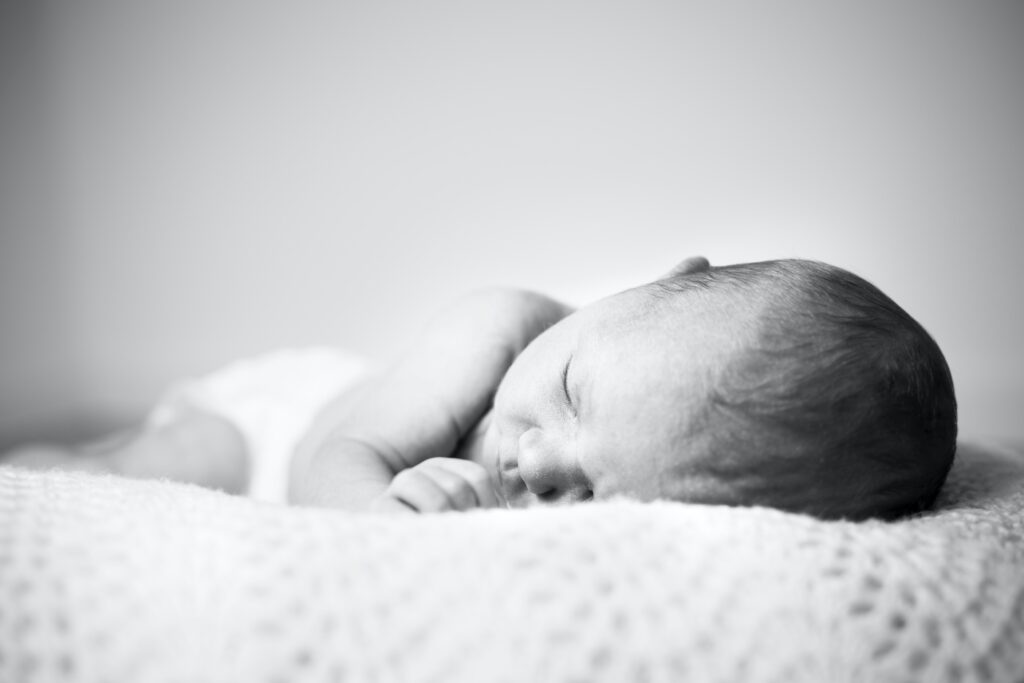As a new parent, getting a good night’s sleep can be a rare luxury. You’re constantly worrying about your baby’s safety and well-being, and it can be tempting to keep them close by, even in your own bed. However, there are many benefits to having your baby sleep in their own room that can actually make things easier for both you and your baby. In this post, we’ll explore the advantages of sleep separation, as well as some practical tips for Indian parents who may be hesitant to try it out.
Benefits of Baby Sleeping in Their Own Room
-
Better sleep for baby and parents: While it might seem like having your baby close by would make things easier, it can actually lead to more disrupted sleep. Babies can be noisy sleepers, and every little grunt or movement can jolt you awake. By having your baby sleep in their own room, you can both enjoy a more restful night’s sleep.
-
Reduced risk of SIDS: Sudden Infant Death Syndrome (SIDS) is a tragic event that occurs when a seemingly healthy baby dies in their sleep, usually due to suffocation. Research has shown that the risk of SIDS is reduced when babies sleep on their backs in their own cribs, without any soft bedding or objects that could pose a suffocation risk.
-
Improved cognitive development for baby: A study published in the journal Pediatrics found that babies who slept in their own rooms at 4 months old had better cognitive development at 12 and 24 months than those who shared a room with their parents. It’s thought that the more restful sleep babies get in their own rooms can have a positive impact on their brain development.
-
Increased independence for baby: As your baby grows, they will need to learn how to self-soothe and fall asleep on their own. By having them sleep in their own room from an early age, you’re helping them develop the skills they need to become more independent sleepers. Check out our posts on Sleep Training and Wake Windows for Babies for more insight into setting your baby up for independent sleeping success. Please refer to the Sleep Training post for important information about safe sleep, which is paramount when you are transitioning your baby into independent sleep.
-
Increased intimacy for parents: While it’s important to bond with your baby, it’s also important to maintain a healthy relationship with your partner. By having your baby sleep in their own room, you’ll have more opportunities for intimacy and quality time with your partner, which can be beneficial for your overall well-being.
Dealing with the Cultural Stigma
In India, co-sleeping is often seen as an important cultural tradition. However, as we’ve discussed, there are many benefits to having your baby sleep in their own room. If you’re hesitant to try it out due to cultural concerns, here are some suggestions for how to address those concerns:
-
Explain the benefits: Talk to your family members and friends about the benefits of sleep separation, such as better sleep for both you and your baby, and reduced risk of SIDS.
-
Incorporate cultural traditions in other ways: If co-sleeping is important to your culture, find other ways to incorporate that tradition into your routine. For example, you could have a family member read a bedtime story to your baby in their own room, or play calming music that reminds them of home.
Help! My Baby Cries The Moment He is Placed in the Crib!
It’s common for babies to resist sleeping in a crib at first, especially if they’re used to sleeping in a bassinet or co-sleeper. However, there are some strategies you can use to help your baby adjust to sleeping in the crib.
One effective strategy is to create a consistent bedtime routine that includes putting your baby down in the crib. This can help your baby associate the crib with sleep, which can make the transition easier.
If your baby cries or fusses when you place them in the crib, it can be helpful to soothe them with your voice or touch. You can try patting them gently on the back or singing a lullaby to help them calm down. If your baby is particularly resistant, you may want to try a gradual approach, such as sitting next to the crib until they fall asleep or gradually moving farther away over time.
Another way to help your baby adjust to sleeping in the crib is by making the environment as comfortable and familiar as possible. One strategy is to warm the crib before placing your baby inside. You can do this by using a heating pad or hot water bottle to warm the mattress, making sure to remove it before placing your baby inside. This can help your baby feel more comfortable and may reduce crying or fussiness during the transition.
In addition to warming the crib, you may also want to consider using a bedsheet with your scent. This can help your baby feel more secure and calm, as they will be able to smell your familiar scent as they fall asleep. You can do this by sleeping with a blanket or sheet for a few nights before placing it in the crib with your baby. Just make sure to use a lightweight and breathable material to reduce the risk of suffocation.
By creating a comfortable and familiar sleep environment, you can help your baby feel more secure and calm as they adjust to sleeping in the crib. Remember that every baby is different, so it may take some trial and error to find the strategies that work best for your child. With patience and perseverance, however, most babies are able to make the transition to sleeping in the crib successfully.
Top Items to Buy to Help With The Transition to Independent Sleep:
-
Crib: A crib is an essential item for independent sleep. It provides a safe and comfortable sleep space for your baby and can help them learn to sleep independently. Look for a crib that meets safety standards and is durable enough to last through the toddler years. We recommend this Fisher Price crib that is durable and meets all safety standards.
-
Mattress: A comfortable and supportive mattress is key for helping your baby get a good night’s sleep. Look for a mattress that fits your crib properly and is firm, but not too hard. Make sure to check that it meets safety standards for crib mattresses. We personally use this crib mattress.
-
Swaddle blankets: Swaddle blankets can help soothe and calm your baby as they adjust to sleeping in the crib. They provide a snug and secure feeling, similar to being in the womb, which can help your baby feel more comfortable and fall asleep more easily. We like these velcro swaddles.
-
Sound machine: A sound machine can provide soothing background noise that can help your baby fall asleep and stay asleep. Look for a machine with a variety of sounds and adjustable volume, and make sure it’s safe for use in the nursery. The Echo Dot is a great option that plays a variety of ambient noises.
-
Light-blocking curtains: Light-blocking curtains can help create a dark and cozy sleep environment for your baby, which can help promote better sleep. They can also be helpful in blocking out any outside light that may disrupt your baby’s sleep. Look for curtains that are easy to install and made of a material that’s safe for use in the nursery. Amazonbasics curtains are of excellent quality and come in a variety of colours and lengths.
-
Sleep sacks: Sleep sacks are a safe and cozy alternative to traditional blankets, which can pose a suffocation risk. They can also help your baby stay warm and comfortable without overheating. Look for a sleep sack that fits your baby well and is made of a lightweight, breathable material. We own multiple sleep sacks from H&M.
By creating a comfortable and familiar sleep environment, you can help your baby feel more secure and calm as they adjust to sleeping in the crib. Remember that every baby is different, so it may take some trial and error to find the strategies that work best for your child. With patience and perseverance, however, most babies are able to make the transition to sleeping in the crib successfully.



